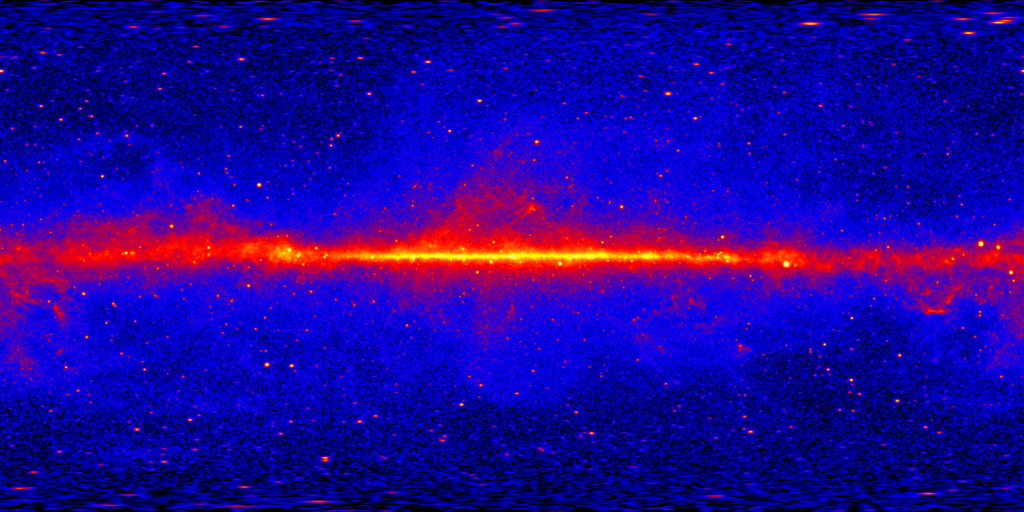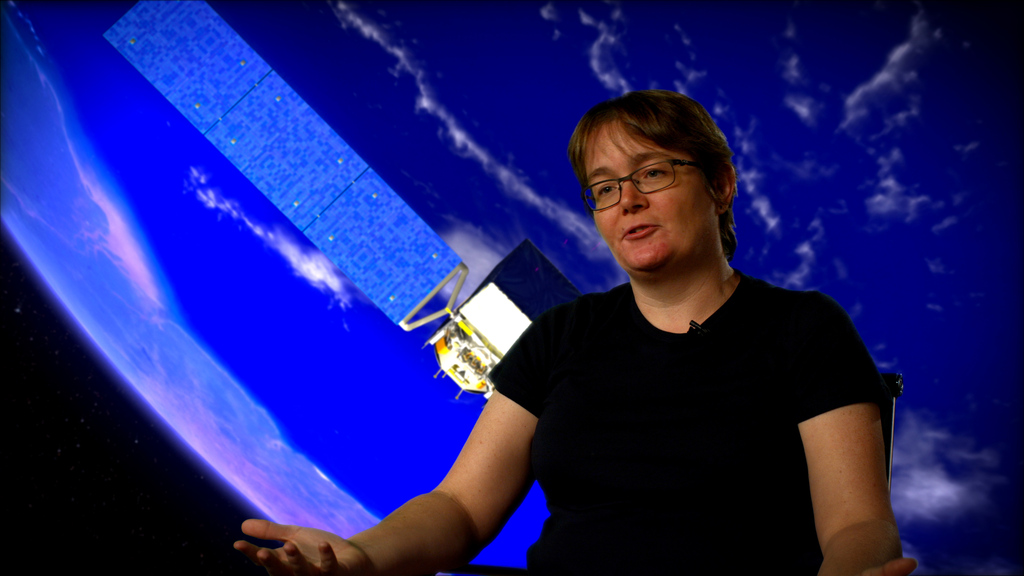Gamma-ray Vision

NASA’s Fermi mission provides the best view of the high-energy gamma-ray sky yet seen.
For more than six years, NASA's Fermi Gamma-ray Space Telescope has scanned the sky for the highest-energy light in the universe—gamma rays. Since the spacecraft’s launch, researchers have cataloged more than 3,000 discrete gamma-ray sources. Now, major improvements to methods used to process observations from Fermi have yielded an expanded, higher-quality set of data that allows astronomers to produce the most detailed census of the sky yet made at extreme energies. A new map of the gamma-ray sky reveals 12 gamma-ray sources with energies exceeding a trillion times the energy of visible light, along with 48 sources never before seen. The highest-energy sources, which are all located within our galaxy, are mostly the remnants of supernova explosions and pulsar wind nebulae, places where rapidly rotating neutron stars accelerate particles to near the speed of light. Watch the video for a tour of the new map.
See Fermi’s new map of the gamma-ray sky and discover some of the most energetic objects in our galaxy in this video.

This map, constructed from Fermi data, shows how the entire sky appears at energies between 50 billion and 2 trillion electron volts.

Brighter colors indicate greater numbers of gamma rays. Labels show the highest-energy sources, all located within our galaxy.

Astronomers created the map from observations of more than 61,000 gamma rays collected over 80 months by Fermi.
For More Information
See NASA.gov
Credits
Please give credit for this item to:
NASA's Goddard Space Flight Center
-
Producers
- Scott Wiessinger (USRA)
- Chris Smith (Self)
-
Writers
- Francis Reddy (Syneren Technologies)
- None None (NASA Viz Team)
-
Animators
- Walt Feimer (HTSI)
- Scott Wiessinger (USRA)
-
Video editor
- Scott Wiessinger (USRA)
Release date
This page was originally published on Tuesday, January 12, 2016.
This page was last updated on Wednesday, May 3, 2023 at 1:48 PM EDT.

